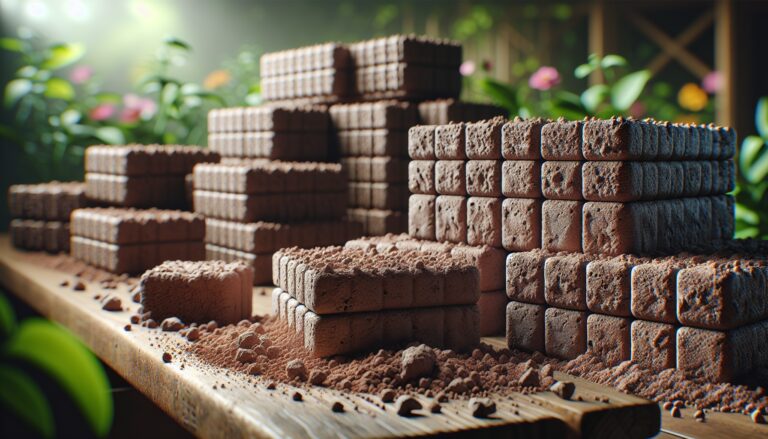Argomenti trattati
Understanding soil blocking
Soil blocking is an innovative technique that allows gardeners to start their plants from seed without the use of traditional pots. Instead of relying on plastic containers, soil blocking utilizes compressed blocks of soil that serve as both the growing medium and the container. This method not only promotes healthier seedlings but also supports sustainable gardening practices by reducing plastic waste.
Why choose soil blocking?
One of the primary benefits of soil blocking is the health of the seedlings. According to Lauren Craig, a sustainable gardening expert, soil blocks help prevent roots from becoming root-bound. In traditional pots, roots often circle around the container, leading to stunted growth. However, in soil blocks, the roots are encouraged to “air-prune” themselves, resulting in a robust root system that can better absorb nutrients and water.
Additionally, soil blocking allows for better moisture retention. The right soil mixture, typically composed of peat moss or coconut coir, combined with quality compost, helps maintain the necessary moisture levels for optimal seedling growth. This is particularly beneficial for gardeners looking to start their plants in varying climates, as it provides a more controlled environment for germination.
How to create soil blocks
Creating soil blocks is a straightforward process that requires a soil blocking tool and the right soil mixture. Begin by mixing 50% peat moss or coconut coir with quality compost and topsoil. Add warm water until the mixture can hold together when formed into a ball. Once the mixture is ready, pack it tightly into the soil blocking tool, ensuring there are no air pockets. Press down to form the blocks, which will have a dimple on top for seed placement.
Timing is crucial when starting your soil blocks. The best time to begin is in the spring or according to the specific needs of the seeds you are planting. Once the seeds have sprouted and the roots reach the edges of the block, it’s time to transplant them into larger blocks or directly into the ground. This method minimizes root disturbance, promoting healthier growth.
Tips for successful soil blocking
To refine your soil blocking technique, consider starting with smaller blocks for heat-loving plants like tomatoes. This approach accelerates germination and allows for a smoother transition to larger blocks. Experimenting with different soil mixtures and block sizes can also help you find the best combination for your gardening needs.
In conclusion, soil blocking is a sustainable and effective method for starting plants from seed. By embracing this technique, gardeners can enjoy healthier seedlings, reduce plastic waste, and contribute to a more eco-friendly gardening practice.

